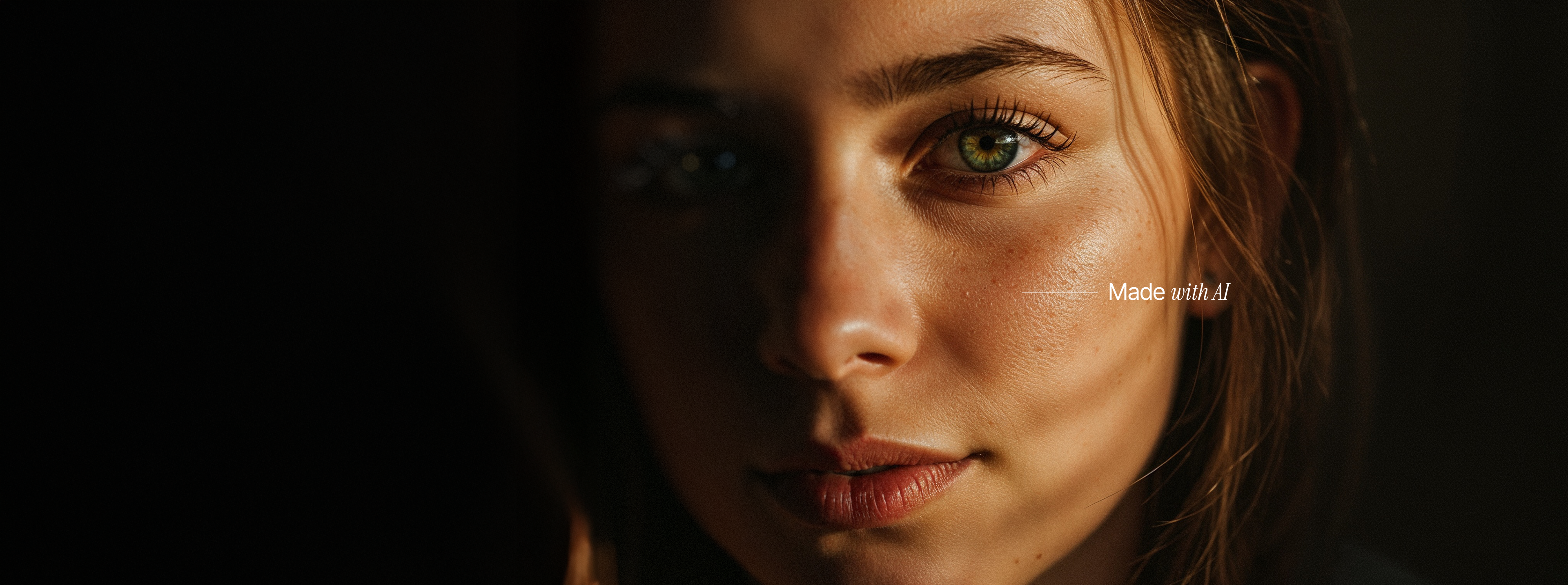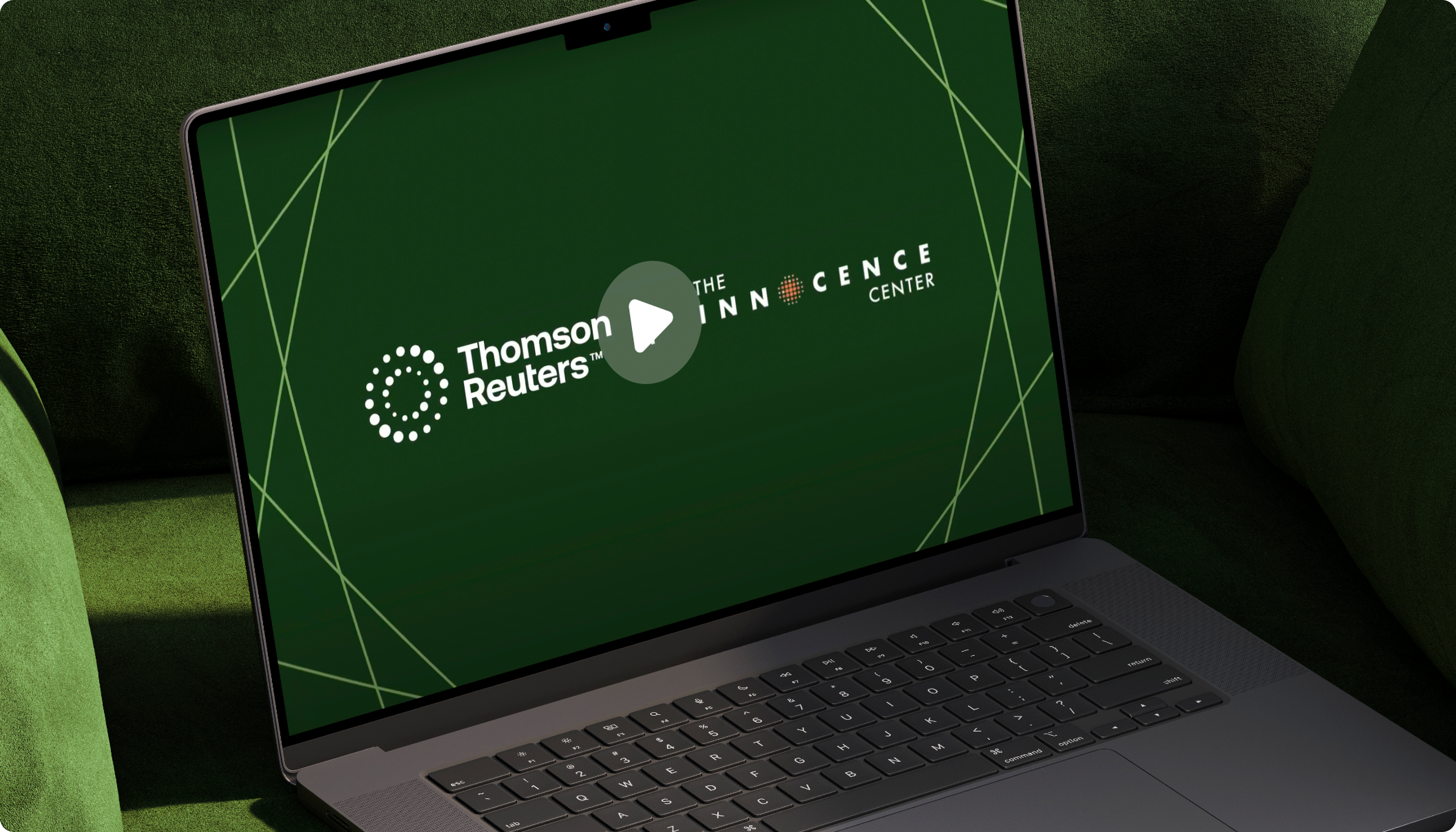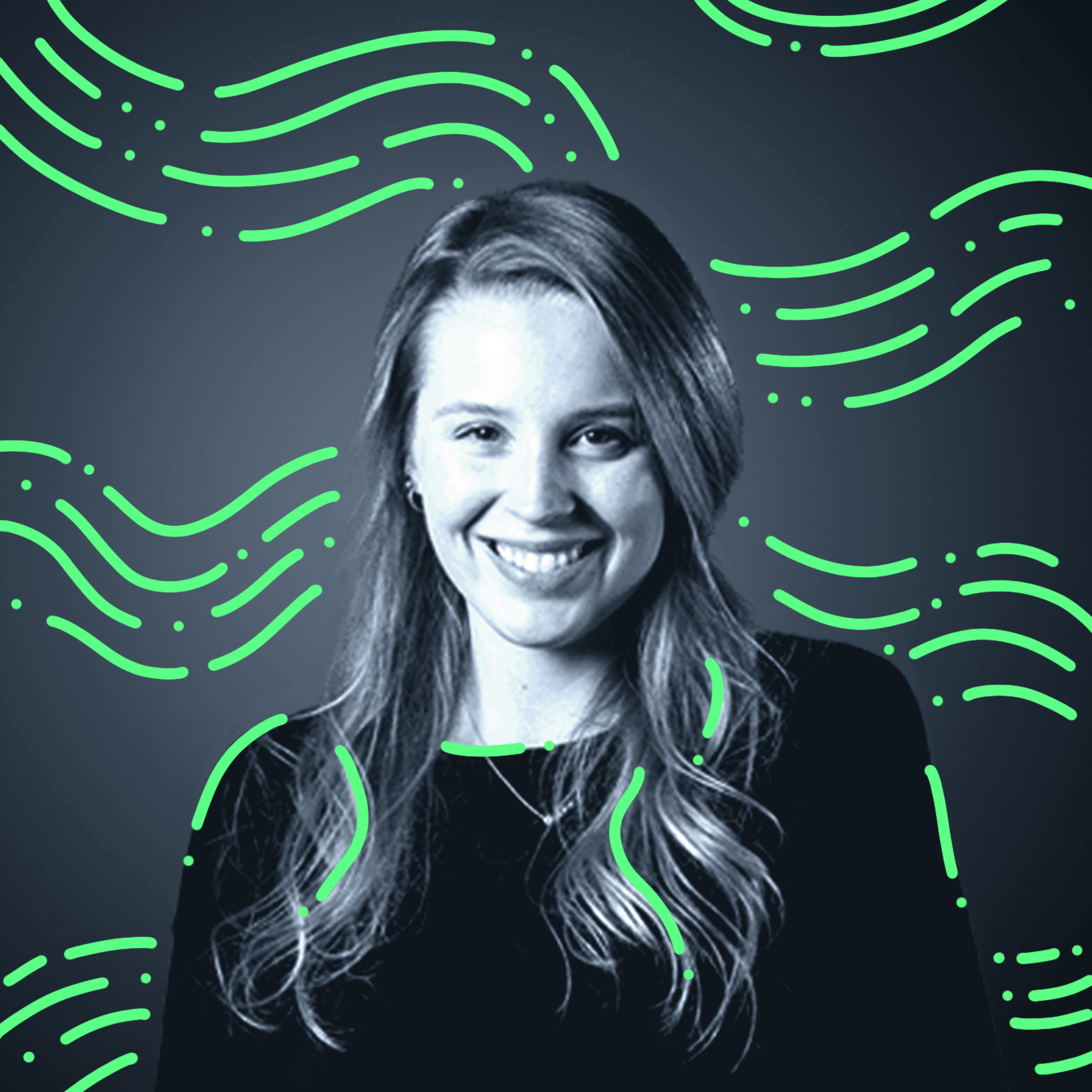What it Means to be a Design-Led Organization

What do Google, Apple and Airbnb all have in common? Well, apart from being the most recognizable companies in the world, all three are design-led organizations.
What does it mean to be a design-led company, exactly? Unfortunately, the answer is a little complicated, but at Ad Designpalooza, we chatted with design leader Kristian Andersen and got his expert insights.
Design is just a tool we use to harness creativity and creativity is the raw input of innovation. Hard stop, period.
Kristian is the co-founder and partner at High Alpha, a venture studio that conceives, launches and scales enterprise technology companies. He also founded Studio Science, a leading design and innovation consultancy that he sold in 2019.
Kristian knows a thing or two about design-led organizations, so keep reading to learn more about what it takes to become a design-driven company and how to tell if you’re in one.
What is a design-led company?
Design-led organizations understand that design isn’t just about aesthetics or creating new products and services. Design is also not limited to a particular department or phase in the development process. According to Kristian, design-led organizations have an “intentionality around how experiences are designed” in all, or at least most, aspects of the business.
Design-led companies are also human-centered. They’re relentlessly focused on solving customer problems and giving their users what they really need, which helps them create better products, services and internal processes.
There’s a strong business case for fostering a design-driven culture within your organization. According to a McKinsey report, design-led companies increase their revenues and shareholder returns at nearly twice the rate of their industry counterparts.
If you’re not sure if your company fits the bill, Kristian offered the following guiding questions:
- Do you feel design intentionally touches all aspects of your business (e.g., your facilities, sales process, internal events, etc.)?
- Is your organization good at storytelling?
“Experiences are fundamentally about storytelling, which means that design is fundamentally about storytelling,” explains Kristian.
Take a company like Airbnb, for instance. When they first launched, their story was simple. Airbnb was a platform where people could find homestays for vacation rentals, and their website reflected that. Case in point: this 2011 version of the homepage, where the hero image of a group of people sharing a meal and the clear booking prompts tell visitors what this platform is all about.
Today, Airbnb has evolved beyond homestays – adding new features like experiences and with the pandemic, even online experiences. And as their story has evolved, so has their design. Now, their website features an illustration hero image featuring a man, child and dog exploring a forest, which evokes broader themes like adventure, curiosity, and playfulness.
How do you create a design thinking culture?
Building a design-driven culture takes time, but there are some essential elements that all design-led organizations share.
Design-led companies:
- Have a strong company vision that clearly outlines the purpose and value of design in providing the best possible customer experiences.
- Understand that design is everyone’s job. Every employee should be encouraged to contribute their insights if they help to deliver a better customer experience.
- Have deep empathy for their customers. Start with your customer and work backwards. Every employee should be encouraged to learn as much as possible about their users’ conditions, situations and needs.
- Have processes in place to measure and drive design performance with the same rigor as revenue and costs.
- Recognize that a product launch isn’t the end of the design process. Design-centric companies are constantly learning, testing and iterating with their users.
Kristian also strongly advocates for companies to have some type of ‘head of design’ role that oversees all design in the company, from brand communications to marketing, events, and digital product and service design.
This role can help ensure that all design work adheres to an overarching design vision and language and maintain consistency across all channels and departments.
What are some examples of design-led organizations?
Did you know that some of the most successful companies in the world are design-driven brands? Here’s a list of a few popular design-driven companies and their design philosophies.
- Google. Google seeks to design experiences that inspire and enlighten their users. As stated on their about page: “Since the beginning, we’ve focused on providing the best user experience possible. Whether we’re designing a new Internet browser or a new tweak to the look of the homepage, we take great care to ensure that they will ultimately serve you, rather than our own internal goal or bottom line.”
- Apple. According to Mark Kawano, a former Senior Designer at Apple, “Everybody there is thinking about UX and design, not just the designers. And that’s what makes everything about the product so much better… much more than any individual designer or design team.”
- Airbnb. As stated on the Airbnb Design about page, “Design influences everything we do at Airbnb. Behind the scenes, it shapes our work, how we build new tools and the ways that we share and interact with our global community.” At Airbnb, they believe that “design is contextual, inspiration comes in many forms, and that collaboration with our community is the key to well-designed experiences.” They also think that “the richest growth and learning happens when our curiosity extends further than the community closest in proximity to us.”
- ASOS. As CEO Nick Beighton once said, “If we focus on product and customer experience, and if we move with velocity, we can continue to win. It is core to our DNA and it is core to our customer base. We will continue to move as quickly as we can to keep ahead.”
The value of design-led thinking
Design thinking is more than a process, department or role. It’s a philosophy that can (and arguably should) drive every action inside a company. It’s also centred around one critical stakeholder: your customer. Don’t assume that you know what they think or feel. Instead, gather insights, observe them, talk to them and use those insights to build products, experiences, and processes that will make their lives better.
If you’re looking for strategic design support for your next marketing campaign, you should check out our concept creation services. Through this offer, we’ll work closely with your team to develop creative concepts that will drive growth for your brand and serve your customers needs and goals. From large 360 campaigns to bespoke content solutions, our creative team can handle it all and is always available to support you.
Cassandra King is the former Head of Content & Community at Superside. She’s a road trip aficionado, advocate for all things glitter, and can usually be found with a camera (or snacks) in hand. Find her on IG @casssandra.king.
You may also like these

10 top outsourced design services to hire in 2025
Struggling to keep up with the volume and variety of design work in 2025? You’re not alone. Today’s marketing and creative teams face relentless demand for high-quality design across more channels than ever, from social and video to landing pages, presentations and motion graphics.When internal teams hit capacity, critical projects get delayed, quality can dip, and strategic goals get lost in the shuffle of urgent requests. That's why more enterprises are rethinking how they access design—choosing partners who can extend their creative capacity without adding operational headaches.Broadly, there are three ways companies can scale design:Hire freelancers or agencies. Flexible but often slow, unpredictable and hard to manage at scale. Costs can balloon with complex projects or tight timelines.Expand in-house teams. Delivers control but comes with recruitment challenges, overhead and the risk of teams getting siloed or burned out.
Maximizing Profit: The Impact of Design on Business Strategy
Design has never been more on demand.As the first interaction for most customers with businesses, it’s just everywhere—from the homepage of your favorite website to the product packaging your new sneakers arrived in.With smartphones, tablets and digital interfaces at every turn, every design element now affects nearly every consumer touchpoint during the customer journey.That’s why the smartest companies are investing in good design systems for all their inputs—and for a good reason: It’s good for the bottom line.A 2018 McKinsey report, “The Business Value of Design,” put the impact of design on your bottom line with data: Over five years, companies that invested in good design had 32% more revenue and 56% more total returns to shareholders.
The Ultimate 5-Step Graphic Design Process
For any design team, having an established graphic design process will lead to better designs, higher output and most importantly, remove a lot of potential frustration.The process of starting a graphic design project has changed drastically over the years. Now, AI-powered design is the driving force behind concept development and the design thinking process, which makes it necessary to think about the different perspectives infused into each design stage.If you’re leading graphic designers or looking to streamline the process, then let’s take a look at the 5 most essential steps of the graphic design process.The Importance of a Structured Design ProcessGraphic design is an intricate blend of creativity and strategy, requiring a structured approach to ensure that the final product not only looks stunning but also effectively communicates the intended message.








